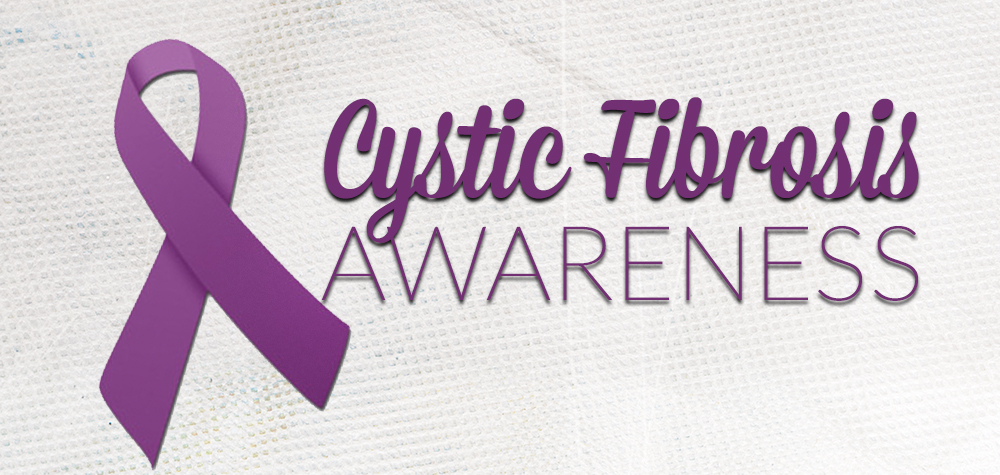May is Cystic Fibrosis Month. Cystic Fibrosis is a rare genetic disease that causes persistent difficulty breathing, lung infections, and a buildup of mucus that may prevent organs from functioning properly (particularly in the digestive system). Currently there are approximately 70,000 people worldwide living with CF.
Because Cystic Fibrosis is a genetic disease the risks of a child being diagnosed with it increases if both parents are ‘carriers’. Scientists currently estimate that twelve-million Americans are currently carriers for CF (Citation). When both parents are carriers of the CF gene there is a 25% chance (1 in 4) that the child will be diagnosed with CF and suffer symptoms. Otherwise the child carries the gene responsible and thus may potentially pass it on to their own children. Although there are genetic tests to screen for the mutation that causes CF, these tests only screen for the most common mutations. There are over 1,800 mutations that can cause CF in a child. Because of these genetic factors, a family may have just one child affected by CF, or multiple.(Citation)
There are varying level of Cystic Fibrosis stemming from the gene (CFTR) not working –this gene can actually be almost fully functional or not functional at all. Despite the varying levels of severity in the disease all those diagnosed with CF suffer from an over production of Mucus on some level and overall ill health. (Citation). Although there is no known cure there are many treatment options available to those who suffer from CF. These treatments may include vests that vibrate to clear chest mucus, nebulizer treatments, antibiotics, and pancreatic supplements to aid in the digestions of food.
Because those affected by CF are more susceptible to lung infections and illness measures must be taken to protect them from contact with germs. Advancements in treatment and modern medicine have increased the projected survival rate from barely elementary age to 20’s and 30’s. Some CF sufferers may even live into their 50s. (Citation). For those affected with Cystic Fibrosis exercise and nutrition may play a large roll in their life expectancy. However, respiratory and even heart failure is always a possibility. Unfortunately one in every 3,500 is born with CF. Although 90% of those children make it past a year and have a life expectancy of 35 years (compared to just fourteen years in 1980) Cystic Fibrosis is still a disabling disease. (Citation).


No comments yet.